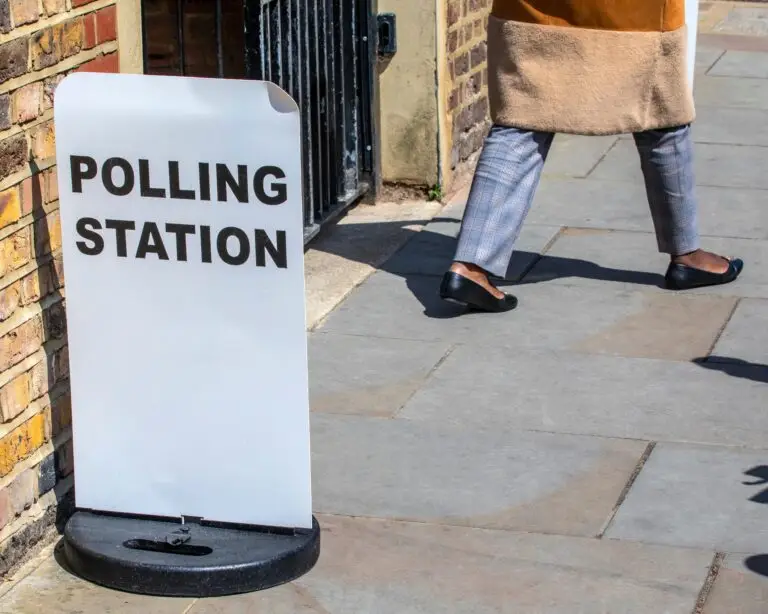As the curtain falls on this year’s A Level results day, a particularly poignant topic has been how this year’s grades are impacting student progression.
In a bid to bring to grade inflation in line with 2019, the last summer where full public exams went ahead, A* and A grades fell by more than eight percent (36.4% were marked at A* and A this year, last year 44.8% of exams were graded A or above).
The squeeze at the top end of the grade scale also meant an increase in competition for University places on certain courses, particularly those in heavy receipt of Government subsidies such as medicine and dentistry.
The Government’s decision to reintroduce a 7,500 cap on student numbers this year, having lifted it in 2020 and 2021 due to the cancellation of exams, has meant a selection of top-grade students have missed out on a place on a medicine or dentistry course.
The fallout from the Government’s decision led to a particularly spikey exchange between James Cleverly and the BBC’s Today Programme over medicine places and the current and projected NHS workforce shortages.
Mr Cleverly’s rebuttal highlighted that it is not a case of ‘flicking a switch’ to train more doctors.
What we have learned recently though, is there is a risk of repeating the mistakes of successive Governments and failing to strategically scale up the medicine talent pipeline as part of a long-term workforce plan.
Only last month, the Health and Social Care Select Committee’s workforce inquiry recommended the clearest and most urgent need for Government attention is workforce planning. In doing so, it backed the recommendation of the Medical Schools Council (MSC) and the Academy of Medical Royal Colleges (AMRC) that the number of medical school places in the UK should be increased to 14,500.
Jeremy Hunt, the committee’s Chair and Health Secretary under three different administrations from 2012 to 2018, assessment of NHS understaffing and a lack of long-term direction was that it presented, “a serious risk to staff and patient safety […] compounded by the absence of a long-term plan by the government to tackle it.”
When judging whether the number of medicine places should be increased, Mr Hunt’s hindsight and repeated calls to train more doctors make for interesting reading. In an interview with LBC, Mr Hunt recalled he, “did think the NHS needed more resources and […] it needed to be training more doctors, nurses, and midwives.”
Having been bound by collective responsibility, Mr Hunt says he was unable to act accordingly. Whilst what he, the MSC, and AMRC are proposing will not provide the short-term fix to the NHS’ headache, it will undoubtedly be something for the Government to consider as part of a longer-term plan; both for ensuring student progression and addressing NHS workforce challenges.




